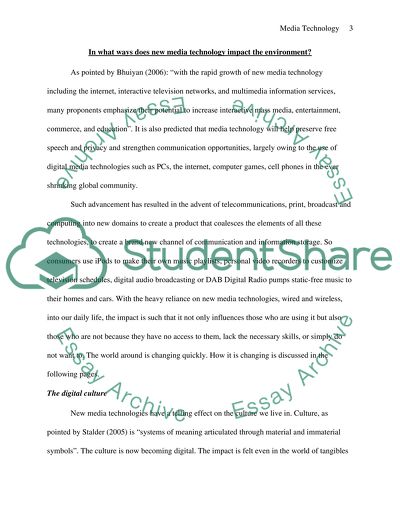Cite this document
(“Impact of Media Technologies on the Structure of Environment Essay”, n.d.)
Impact of Media Technologies on the Structure of Environment Essay. Retrieved from https://studentshare.org/miscellaneous/1533616-impact-of-media-technologies-on-the-structure-of-environment
Impact of Media Technologies on the Structure of Environment Essay. Retrieved from https://studentshare.org/miscellaneous/1533616-impact-of-media-technologies-on-the-structure-of-environment
(Impact of Media Technologies on the Structure of Environment Essay)
Impact of Media Technologies on the Structure of Environment Essay. https://studentshare.org/miscellaneous/1533616-impact-of-media-technologies-on-the-structure-of-environment.
Impact of Media Technologies on the Structure of Environment Essay. https://studentshare.org/miscellaneous/1533616-impact-of-media-technologies-on-the-structure-of-environment.
“Impact of Media Technologies on the Structure of Environment Essay”, n.d. https://studentshare.org/miscellaneous/1533616-impact-of-media-technologies-on-the-structure-of-environment.


